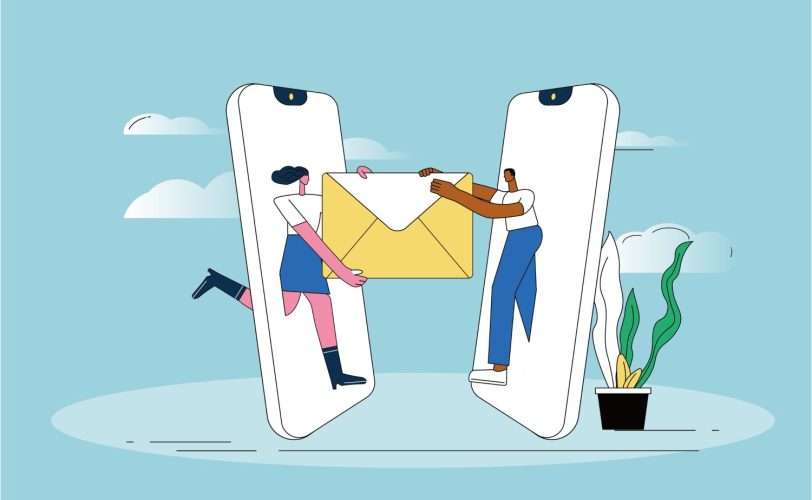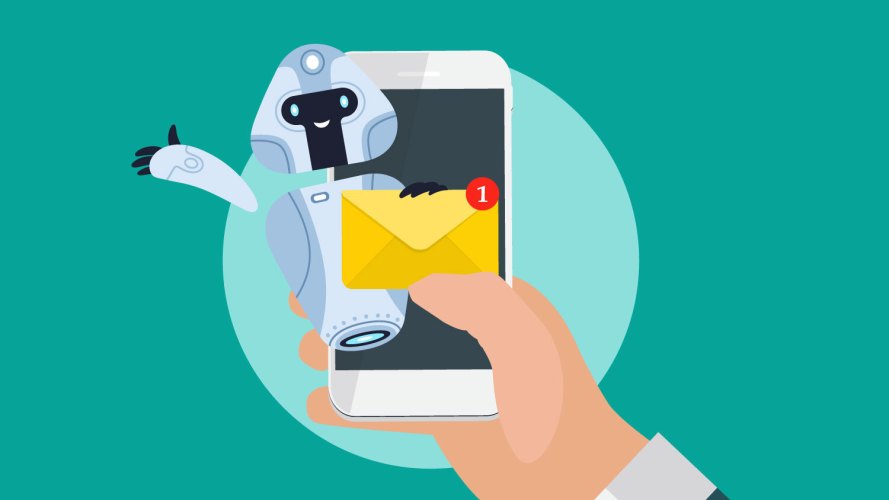3 Practical Marketing Cloud Engagement Tips for Better Customer Relationships



Personalized journeys across multiple channels builds customer loyalty. Here are 3 tips to make that a reality.
If all of our marketing expectations became reality, it might look something like this: AI working efficiently, connecting with customers where and when they prefer to engage, or taking the tedious work out of your everyday tasks. But instead, it probably looks like this: you don’t know where to start with AI, send generic email promotions and hope someone opens them, and you manually do tasks that require a lot of time. It can be tough to align our expectations and realities. Here are three Marketing Cloud Engagement tips that can help bridge this gap and bring expectations within reach.
What you’ll learn:
- Marketing Cloud Engagement tip 1: Apply AI to your everyday tasks with intuitive tools
- Marketing Cloud Engagement tip 2: Use AI to engage customers with intelligent journeys
- Marketing Cloud Engagement tip 3: Use multiple channels to maximize customer engagement
Marketing Cloud Engagement tip 1: Apply AI to your everyday tasks with intuitive tools
AI is no longer just a buzzword— it’s becoming ingrained in our everyday tasks. But our expectations are built on what we’re told about the potential of the tool. The idea that marketers have to “unlock” AI can feel daunting. So if AI is such a gamechanger that offers unprecedented insights and automation, how can we make it deliver real results?
It’s not enough to simply understand the different types of AI and how they work. What really matters is how you apply them to your marketing efforts. To truly take advantage of the power of AI, marketers must focus on integrating data, AI, and automation. We’ve moved beyond just predictive and generative AI to a future where agents will revolutionize how marketers interact with customers. These intelligent agents can do the tedious work for you — automating routine tasks and personalizing experiences. It’s crucial to ensure that the AI tools you’re using are efficient and intuitive. This not only saves time and resources, but it also ensures that your marketing efforts are targeted and personalized for your audience.
How Marketing Cloud Engagement can help: AI is foundational to Marketing Cloud. In fact, according to our Salesforce research and insights, Marketing Cloud customers are more likely to have a higher level of AI implementation and usage than non-customers. Start by implementing automated decisioning. This involves using AI to analyze customer data and make real-time decisions to improve your marketing campaigns.
This can include tasks such as sending personalized emails, recommending products, or adjusting ad targeting. Once you have this foundation in place, you can then build upon it by incorporating AI-powered personalization. This means using AI to deliver personalized content and experiences to your customers based on their behavior and preferences. Finally, use insights from your AI tools to fuel your campaigns and continuously improve them for better results.
Uncover MCE Hidden Gems
Take a deep dive into our favorite Marketing Cloud Engagement features and best practices. Improve the user experience for your internal marketers and up-level your marketing strategies for your customers.



Marketing Cloud Engagement tip 2: Use AI to engage customers with intelligent journeys
Marketing journeys are the paths that customers take as they interact with your brand. They are a series of touchpoints that guide customers through their buying journey, from initial awareness to post-purchase. These journeys are crucial for engaging and retaining customers, as they provide a seamless and personalized experience. By mapping out this journey, you can identify opportunities to improve the customer experience, increase conversions, and boost loyalty.
Key elements of a customer journey include:
- Entry Points: How customers discover your brand (social media, search engine, referrals)
- Decision Points: Moments where customers make choices that influence their journey (product selection, checkout process)
- Actions: The steps customers take, such as browsing products, adding items to cart, or contacting customer support
- Exit Points: The final stage of the journey, whether it’s a purchase, a subscription, or simply abandoning the process
How Marketing Cloud Engagement can help: Journey Builder’s AI features, such as Send Time Optimization, Scoring Splits, and Frequency Splits, help you streamline your journeys quickly and efficiently. Predictive AI built into the platform allows you to turn your simple journeys into intelligent ones with better paths and segmentations (no coding required).
Send Time Optimization allows you to send emails at the optimal time for each recipient, maximizing engagement and boosting conversions. Frequency Splits help you avoid overwhelming your audience by tailoring the frequency of messages based on individual preferences and behavior. Scoring Splits let you to target specific segments of your audience with personalized messaging, such as offering higher discounts to less engaged customers
Marketing Cloud Engagement tip 3: Use multiple channels to maximize customer engagement
Channels are the bridges that connect businesses with their customers as a pathway to communication and engagement. In today’s digital age, a multichannel approach is essential to really connect with your target audience. In fact, marketers engage customers across an average of 10 channels.
Digital channels like social media, websites, digital ads, and email rank at the top for marketer outreach. They offer direct lines of communication, allowing for real-time feedback and personalized interactions. But that doesn’t mean marketers should rely on these channels alone. With stiff competition for customers’ attention, marketers are investing in higher-growth channels such as mobile. Eighty-one percent of marketers say mobile messaging will be a bigger priority in the coming year. By using a mix of these platforms, businesses can gather valuable insights into customer preferences and behaviors, informing data-driven marketing strategies.
How Marketing Cloud Engagement can help: Carry out real dialogue with your customers by using Unified Conversations for WhatsApp. This new Marketing Cloud Engagement capability allows businesses to engage in seamless, two-way conversations with customers within a single WhatsApp number. By combining marketing, commerce, and service interactions on a unified platform, powered by Data Cloud, you can deliver connected customer experiences. This not only improves efficiency but also enhances customer satisfaction.
By using these initial Marketing Cloud Engagement tips, you’ll be well on your way to bridging the gap between expectations and reality. Start small, iterate often, and watch your marketing efforts deliver results.
Email Marketing, Mobile and Advertising
Design and execute seamless, personalized customer journeys across multiple channels, using AI to optimize every interaction.
































